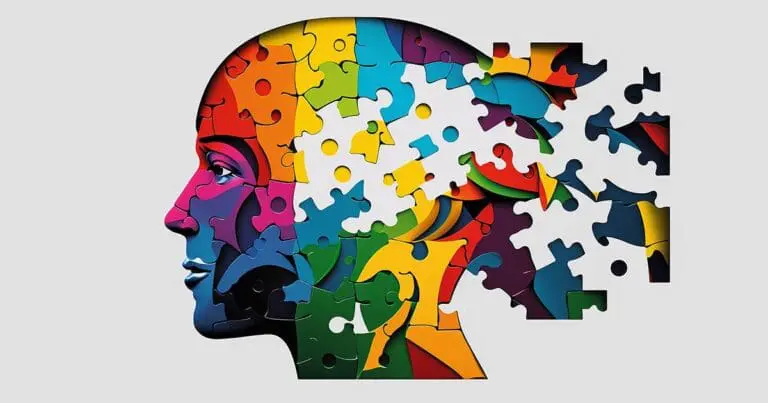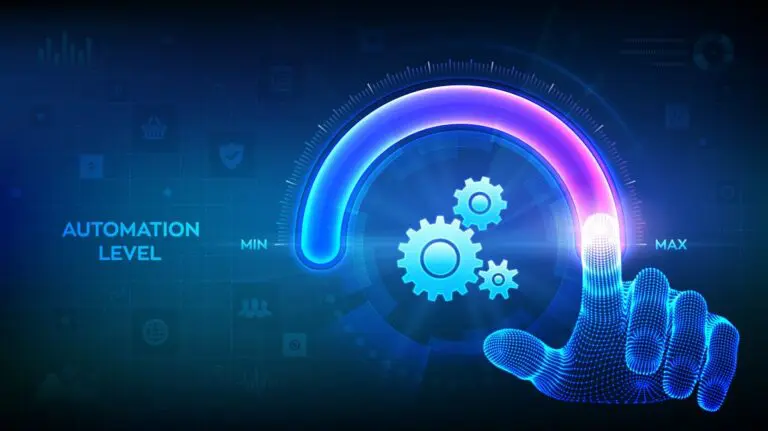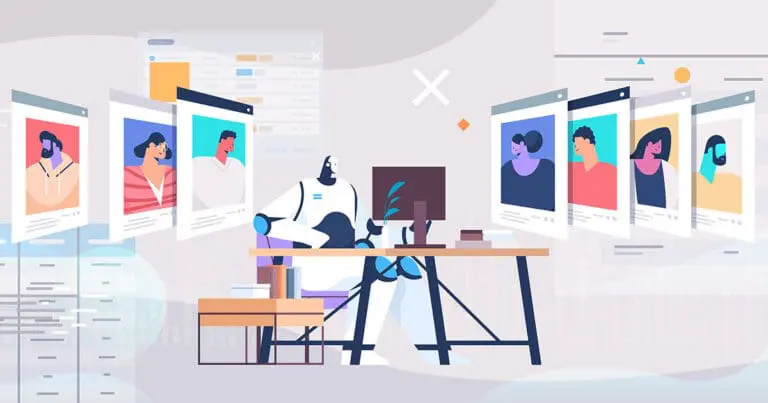Impact of AI Bias on the LGBTQ+ Community and How to Prevent It

It’s no secret that Artificial Intelligence (AI) has the potential to shape our society in unprecedented ways, but what have we done to ensure that it works for all communities?
AI bias has been a hotly debated topic in recent years, and now it’s time to take a hard look at how this can specifically impact the LGBTQ+ community.
Explore the various ways AI bias is currently affecting those who identify as part of this population – and more importantly, how we can work together to prevent it.
What is AI Bias?
AI bias occurs when algorithms and models draw on inaccurate data or overlook certain groups’ perspectives. This can result in decisions that are unfair, discriminatory, and even dangerous. When it comes to the LGBTQ+ community, this type of bias could have huge implications from job searches to healthcare decisions.
Examples of AI bias impacting the LGBTQ+ community
There are numerous examples of AI bias impacting the LGBTQ+ community that include Algorithmic discrimination in recruitment and employment, misgendering and exclusion in voice recognition technology, and challenges in healthcare and AI-driven Diagnostics.
- Algorithmic discrimination in recruitment and employment
- AI bias in predictive policing and criminal justice systems
- Misgendering and exclusion in voice recognition technology
- Discrimination in targeted advertising and content delivery
- Challenges in healthcare and AI-driven Diagnostics
Algorithmic discrimination in recruitment and employment
AI models used in job searches can inadvertently prioritize or reject candidates on the basis of factors such as gender, sexual orientation, and race.
This means that qualified applicants may be excluded from employment opportunities simply because they don’t “fit” into a certain category.
AI bias in predictive policing and criminal justice systems
AI models used in predictive policing and criminal justice systems can also be discriminatory, as they often rely on outdated data or utilize stereotypes that could lead to unfair outcomes for LGBTQ+ individuals.
For example, AI bias could lead to an increased likelihood of wrongfully detaining a person who is transgender.
Misgendering and exclusion in voice recognition technology
Voice recognition technologies like Amazon Alexa and Google Home do not always recognize gender-neutral or nonbinary pronouns.
This can result in misgendering someone, which can have serious implications for their mental health and well-being.
Discrimination in targeted advertising and content delivery
AI models are commonly used to target advertisements, making them more relevant to the user.
However, these algorithms can also be biased, resulting in LGBTQ+ individuals being excluded from marketing campaigns or receiving content that reinforces cisgender heteronormative relationships.
Challenges in healthcare and AI-driven diagnostics
AI-driven diagnostic tools can be particularly problematic for LGBTQ+ individuals, as they are based on data that hasn’t been collected from the community or could be incomplete.
This can lead to these individuals receiving inaccurate diagnoses or healthcare decisions that don’t take their individual needs into account.
7 ways to combat AI bias for LGBTQ+ inclusivity
1. Education and awareness to prevent AI bias
The first step in combating AI bias is to educate and raise awareness about the issue.
There should be a greater emphasis on teaching people, including those working in tech, how algorithms can be biased against marginalized communities such as the LGBTQ+ community.
2. Data collection and evaluation to prevent AI bias
In order to ensure that AI models are inclusive of all populations, accurate data must be collected from all groups.
This includes information about gender, sexual orientation, and race. Additionally, this data must be evaluated to ensure that it is up-to-date and comprehensive.
3. Auditing AI models for bias
It’s important to audit AI algorithms for potential bias on a regular basis.
This can include using tools such as Google’s What-If Tool, which allows users to analyze and detect bias in machine learning models.
4. Ethical AI development to prevent AI bias
When developing AI models, developers should make sure that they are working in accordance with ethical principles.
This includes taking into consideration the potential impacts of their algorithms on vulnerable populations such as the LGBTQ+ community.
5. Regulation and policy to prevent AI bias
In order to protect marginalized groups from algorithmic discrimination, governments must create laws and regulations that hold tech companies accountable for their AI models.
Regulations should ensure that algorithms are regularly audited and evaluated for bias and that any algorithmic-based decisions taken by organizations are transparent and fair.
6. Diversity in tech to prevent AI bias
It’s important to promote diversity in the tech industry.
This means encouraging more people from marginalized groups to pursue careers in tech, as well as employers updating hiring strategies to hire more diverse teams of engineers and data scientists.
7. Advocacy and collaboration to prevent AI bias
Finally, something anyone can do is support advocacy organizations that are working to address AI bias.
It’s also important for tech companies and stakeholders to collaborate in order to find solutions that promote inclusivity and combat algorithmic discrimination against LGBTQ+ individuals.
This could include sharing best practices on how to develop ethical AI models or developing standards for the use of AI in healthcare.
AI bias in the LGBTQ+ community
In conclusion, AI bias can have a significant impact on the LGBTQ+ community as it can lead to inaccurate diagnoses, discrimination targeted advertising and content delivery, and other issues.
However, there are steps that can be taken to combat AI bias against LGBTQ+ individuals, such as education and awareness, data collection and evaluation, auditing AI models for bias, ethical development, regulation and policy, diversity in tech, and advocacy and collaboration.
By taking these steps, we can ensure that the LGBTQ+ community is not unfairly targeted by AI algorithms to make sure that every individual is treated with dignity and respect.
Looking to hire top-tier Tech, Digital Marketing, or Creative Talent? We can help.
Every year, Mondo helps to fill over 2,000 open positions nationwide.
More articles about hiring and industry trends:
- 10 Digital Transformation Trends Enhancing Education
- Technology Ethics: Implications of Using Evolving Technologies
- Big Tech Job Cuts Don’t Mean Demand for Tech Professionals Is Over
- Challenges Faced by the Banking Industry in the Digital Age
- The World of Robotics: Industries Leveraging Robotics Engineers
- How to Use Digital Transformation to Stay Ahead in the Manufacturing Industry
- Salesforce Admin Jobs to Hire to Get the Most Out of Your Investment
- Benefits of Digital Transformation in Healthcare with Examples
- HR Technology in Hiring: Streamlining Your Recruitment & Onboarding



